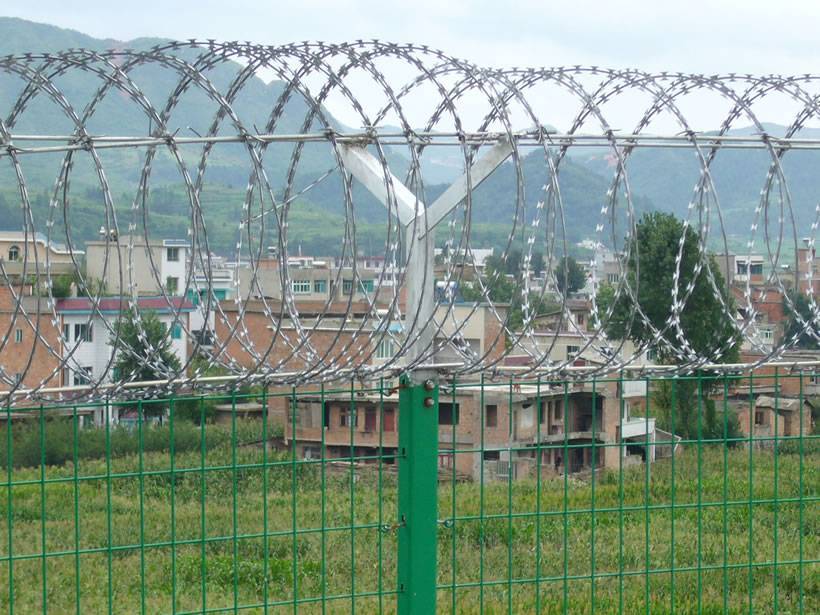The Impact of Freeway Noise Barriers on Urban Life
In rapidly urbanizing areas, the incessant roar of traffic can significantly detract from the quality of life for nearby residents. As cities expand and highways proliferate, noise pollution emerges as a pressing challenge. One effective strategy that has been adopted in numerous urban environments is the installation of freeway noise barriers. These structures serve to mitigate the disruptive sounds generated by vehicular movement, offering a more serene living environment for those who dwell in close proximity to busy roadways.
Noise barriers, often constructed from solid materials such as concrete, wood, or sound-absorbing composites, are strategically positioned alongside highways to block the transmission of sound waves. The height and design of these barriers play crucial roles in their effectiveness. Ideally, a barrier should be tall enough to obstruct noise from reaching residential areas, taking into consideration the surrounding terrain and the elevation of the road itself. Research has shown that properly designed noise barriers can reduce traffic noise levels by as much as 10 to 15 decibels, translating into a less intrusive auditory experience for residents.
The benefits of these barriers extend beyond mere noise reduction. By creating a sound buffer, noise barriers also contribute to improved mental health among residents. Excessive noise pollution is known to lead to various stress-related health issues, including anxiety, sleep disturbances, and even cardiovascular problems. Consequently, the presence of noise barriers can foster a more peaceful atmosphere that enhances well-being and promotes community harmony.
freeway noise barrier

Moreover, noise barriers can serve a dual purpose by incorporating green spaces. Living walls and plantings can not only enhance the aesthetic appeal of these structures but can also provide additional sound attenuation. Vegetation is a known sound absorber, further reducing noise levels while simultaneously improving air quality. Communities such as Los Angeles have taken this approach, integrating landscaping into their noise barrier designs as part of broader initiatives to create sustainable urban environments.
Despite the clear advantages, the installation of freeway noise barriers is not without challenges. One of the primary concerns revolves around funding and budget allocations. Noise barriers can be costly to construct and maintain, often necessitating significant investment from local, state, or federal governments. This becomes particularly contentious in areas where the benefits may not be immediately visible to all stakeholders. Additionally, there can be opposition from residents or local businesses who may feel that the barriers obstruct views or diminish property values, leading to debates over their necessity and placement.
Public engagement and education are vital in addressing these concerns. Effective communication about the benefits of noise barriers not only informs residents but also garners support for such initiatives. Engaging the community in the planning process can help ensure that barriers are designed to meet the specific needs of the area, thereby maximizing their acceptance and effectiveness.
In conclusion, freeway noise barriers play a pivotal role in ameliorating the impact of urban traffic noise on surrounding communities. They provide a necessary buffer that enhances the quality of life by promoting peace and well-being. While challenges exist, particularly regarding funding and community engagement, the adoption of innovative designs and sustainable practices can pave the way for successful implementations. As cities continue to grow, the importance of addressing noise pollution through strategic planning and community involvement cannot be overstated. Ultimately, the goal is to create urban environments that are not only livable and vibrant but also harmonious and calming, allowing residents to thrive amidst the hustle and bustle of modern life.
-
Why Galvanized Trench Cover Steel Grating Resists Corrosion
NewsJul.10,2025
-
The Versatility and Strength of Stainless Expanded Metal Mesh
NewsJul.10,2025
-
Load Calculations in Steel Grating Platforms
NewsJul.10,2025
-
Keeping Pets and Kids Safe with Chicken Wire Deck Railing
NewsJul.10,2025
-
Hole Diameter and Pitch for Round Perforated Metal Sheets
NewsJul.10,2025
-
Aluminium Diamond Mesh in Modern Architecture
NewsJul.10,2025
Subscribe now!
Stay up to date with the latest on Fry Steeland industry news.

